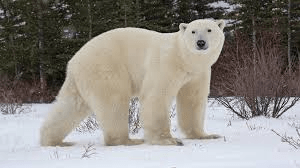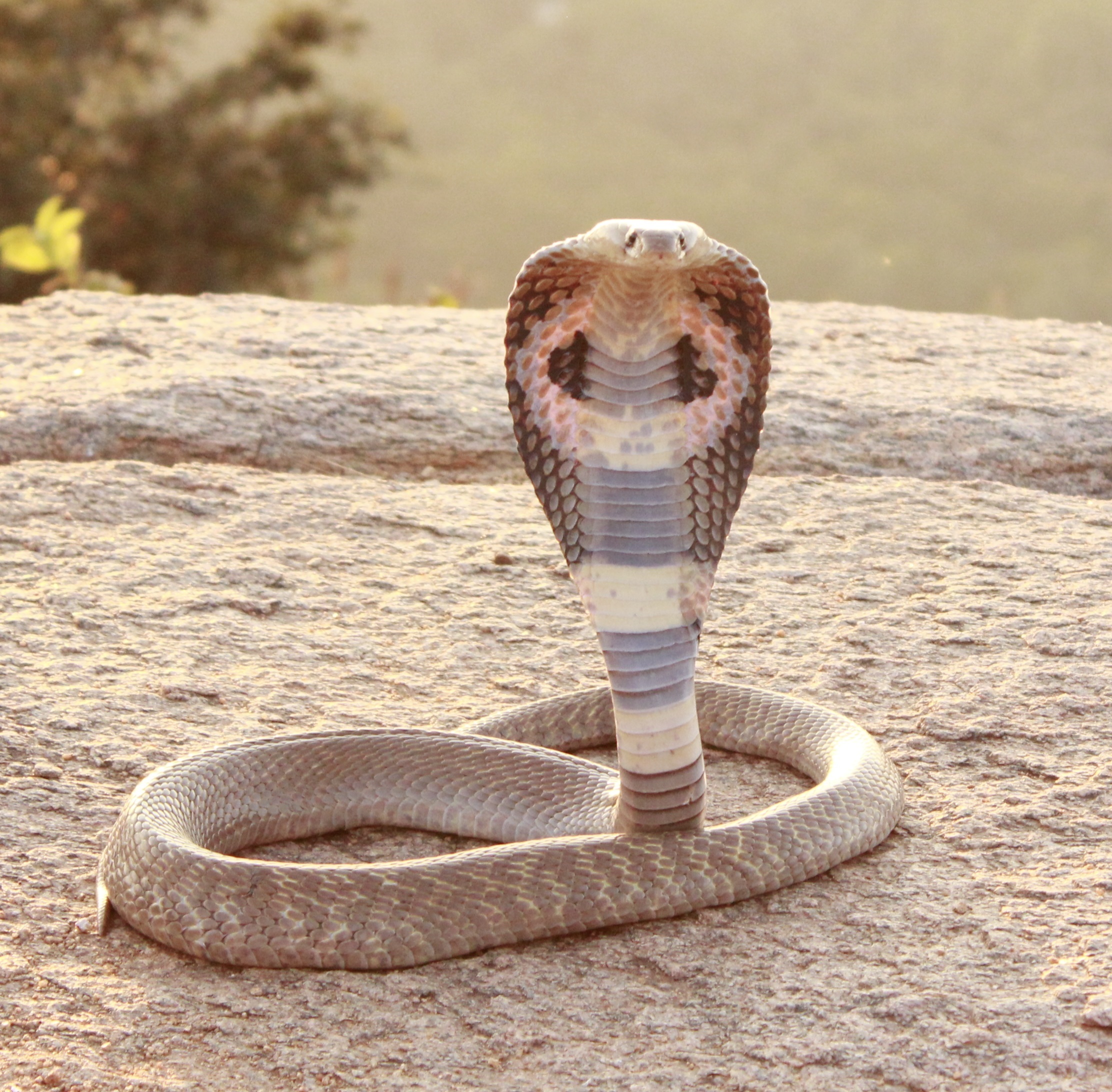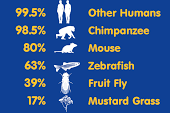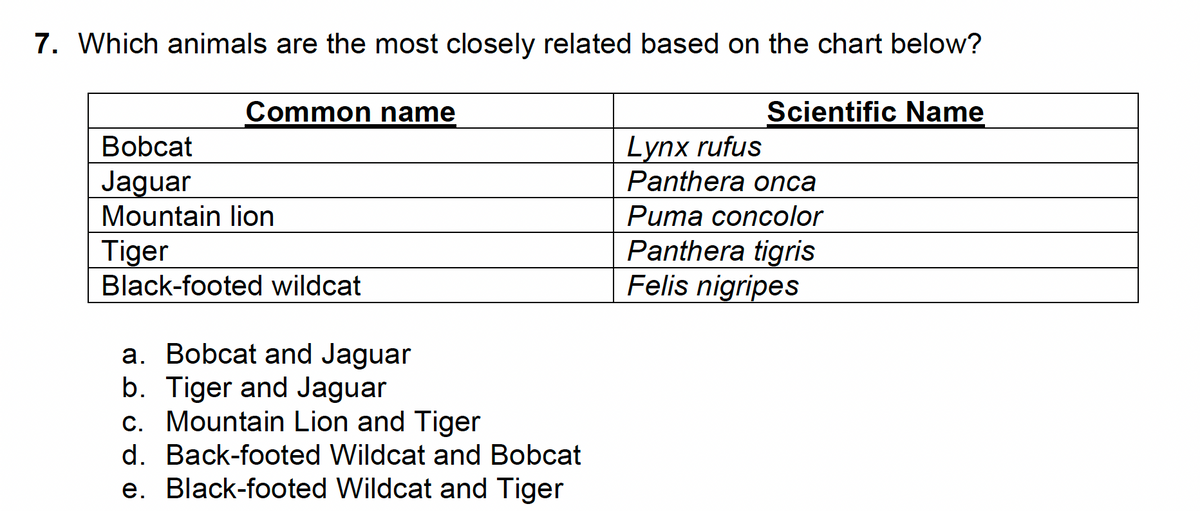Wolves hunt in packs to bring down large prey. Is that a physical, behavioral, or biochemical trait?
Behavioral because they're acting as a team.
How is this evidence of evolution? Explain!

Fossil Records show the evolution of animals from the oldest (at the bottom) to the youngest (at the top) organisms.
What are the taxonomy levels in order from most broad to least broad?
Domain, Kingdom, Phylum, Class, Order, Family, Genus, Species
What are the 6 Kingdoms?
What is the purpose of Natural Selection and purpose of Artificial Selection?
Purpose of N.S.: To drive evolutionary change by allowing organisms with traits that better suit their environment to survive and reproduce more successfully.
Purpose of A.S.: To intentionally develop organisms with specific desirable traits by allowing only individuals possessing those traits to reproduce
List 2 physical and 2 behavioral traits that a polar bear might have.

Physical: (1) Thick Fur/ Blubber for heat insulation, (2) Powerful muscles and claws for hunting, (3) Camouflage for blending in with the snow
Behavioral: (1) Hunts prey, (2) Solitary, (3) Can save energy when the winters are harsh, (4) Can communicate with other Polar Bears
How is this image evidence of evolution? Explain!

Direct Observations - You can see the same family / genus of an organism having slight differences to survive in their environment.
What taxonomy level(s) do all of the organisms share?

Domain and Kingdom
Prokaryote, unicellular, autotrophs or heterotrophs, reproduces primarily through asexual reproduction and moves with flagellum, lives in common environments.
Bacteria!
What are the 4 factors that contribute to evolution?
(1) Having a Common Ancestor, (2) Gradual change over time, (3) Random: Evolution is determined by your traits, (4) Natural Selection: adapting to your environment
This animal has a biochemical trait... what is it?

Venom!
How is this image evidence of evolution? Explain!
Comparative Anatomies - It shows how different organisms have similar body parts that have similar functions
Which organism is the most different? How do you know?

The Dandelion because it is the only plant.
Which kingdom has the following characteristics? Eukaryote, mostly multicellular, heterotrophs, reproduces primarily through asexual reproduction, they do not move and they have a cell wall made of chitin.
Fungi
What 5 factors contribute to Natural Selection?
Variations: Slight differences among the population
Competition: Fighting for limited resources
Inherited Traits: Traits that are passed down (heredity)
Adaptations: Having traits that help you survive
Fitness: Being able to survive in the environment
Plants can make their own food through a process called __________ which is a ___________ trait! (2 answers)
Plants can make their own food through a process called Photosynthesis which is Biochemical trait! (2 answers)
What is evidence of evolution is this showing? Explain!

Molecular Biology - having shared DNA among other organisms
Domain, Kingdom, and Phylum
Which kingdom has the following characteristics? Eukaryote, mostly unicellular, autotrophs or heterotrophs, reproduces primarily through asexual reproduction and moves with either flagellum, cilia or pseudopods and they live in moist environments.
Protist!
What are the factors that can influence an environment? (6 answers)
Habitat Availability, Food Availability, Water Access, Predation, Human Involvement, Disease
Compare and Contrast the physical traits of an ostrich and a duck!
Ostriches: Long legs for running, Large body size for defense against predators, Long neck for wide field of vision, large feathers for temperature regulation (not for flying), moves on land quickly
Ducks: Feathers for swimming and flying, webbed feet and streamlined body for swimming, and moves in water quickly.
Both: Have feathers, move, heterotrophs, eukaryotic, and produce sexually
What can you conclude from this document?

Mammals have gotten larger after the extinction of the dinosaurs!

B. Jaguar and Tiger
Compare and Contrast the Animal Kingdom with the Archaea Bacteria
Both: Living organisms
Animals Only: Eukaryotic, Multicellular, Heterotrophic, Mostly sexual reproduction, Can live almost everywhere, Mobile
Archaea Only: Prokaryotic, Unicellular, Autotrophic, Mostly asexual reproduction, Lives only in extreme environments, Nonmobile
Grouping things together based on similarities is called __________. The science of classifications is called __________. We name organisms using a two-part naming system called _________ ________ (2 words). The first part of the name is the ________, and the second part is the ____________.
Grouping things together based on similarities is called classification. The science of classifications is called taxonomy. We name organisms using a two-part naming system called binomial nomenclature. The first part of the name is the genus, and the second part is the species.